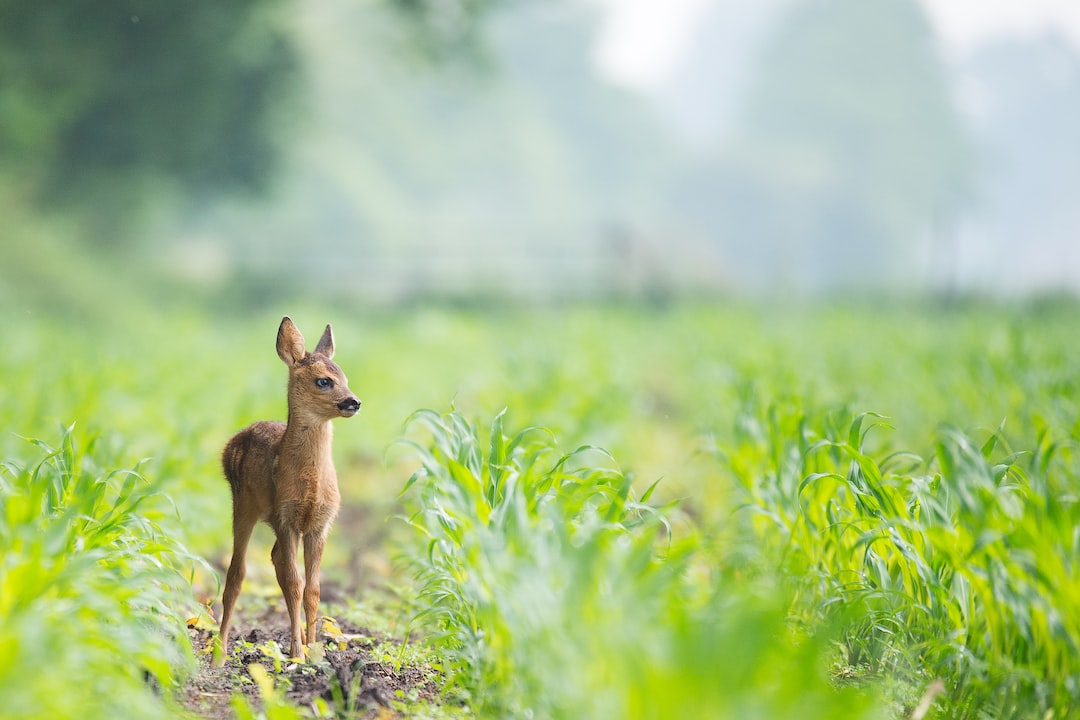Symbiosis is a term used in biology to describe any relationship between two or more different species that live together in order to survive. In the natural world, there are countless examples of symbiotic relationships between animals that are essential for the health and well-being of ecosystems.
One common example of symbiosis can be found between bees and flowers. Bees are pollinators that rely on the nectar and pollen of flowers as their primary source of food. In return, bees help to spread pollen from flower to flower, which is essential to the process of fertilization that allows plants to reproduce. Without bees, many species of plants would not be able to survive, and without plants, many species of animals would not be able to survive either.
Another example of symbiosis can be found between clownfish and sea anemones. Clownfish are small, brightly colored fish that live among the tentacles of sea anemones. The anemones provide protection for the clownfish from predators, and in return, the clownfish clean the anemones and provide them with nutrients through their waste. This mutually beneficial relationship allows both species to thrive in their ocean habitat.
The relationship between herbivores and the plants they eat is also an example of symbiosis. Herbivores rely on the nutrients and energy provided by plants, while plants benefit from the process of herbivory, which helps to stimulate new growth and prevent overcrowding. This relationship is essential for the health and balance of ecosystems, as it helps to regulate the growth of plant populations and provide food for many other species of animals.
Predator-prey relationships are also a form of symbiosis, albeit one that is often less obvious. Predators rely on their prey as a source of food, while prey species benefit from the selective pressure exerted by predators on their populations. This pressure helps to weed out weaker individuals, ensuring that the remaining members of the population are stronger and better adapted to their environment. In turn, this benefits the ecosystem as a whole by helping to maintain a balance between predator and prey populations.
The importance of symbiosis in ecosystems cannot be overstated. Without these mutually beneficial relationships, the delicate balance of nature would be thrown off, leading to the decline or extinction of many species of plants and animals. As humans continue to impact the natural world through climate change, habitat destruction, and other forms of environmental degradation, it is more important than ever to understand and appreciate the intricate relationships that exist between different species in ecosystems.
In conclusion, symbiotic relationships between animals are essential for the health and survival of ecosystems. From pollinators to predators, each species plays a unique role in maintaining the balance of the natural world. By understanding and preserving these relationships, we can help to ensure a healthy and sustainable future for ourselves and the other inhabitants of our planet.

